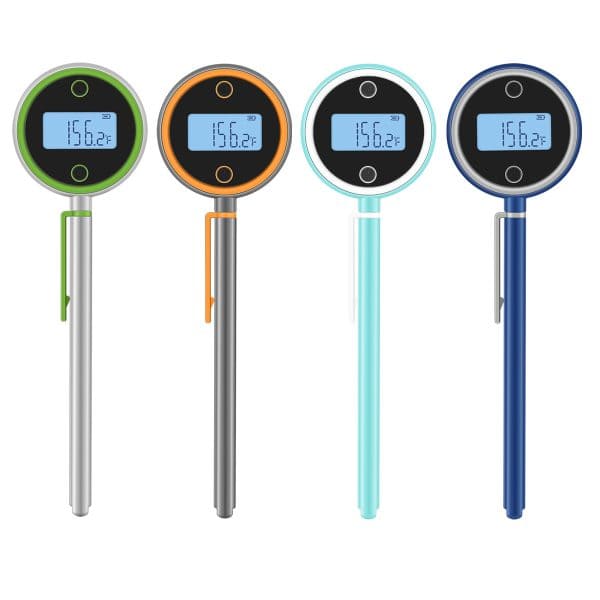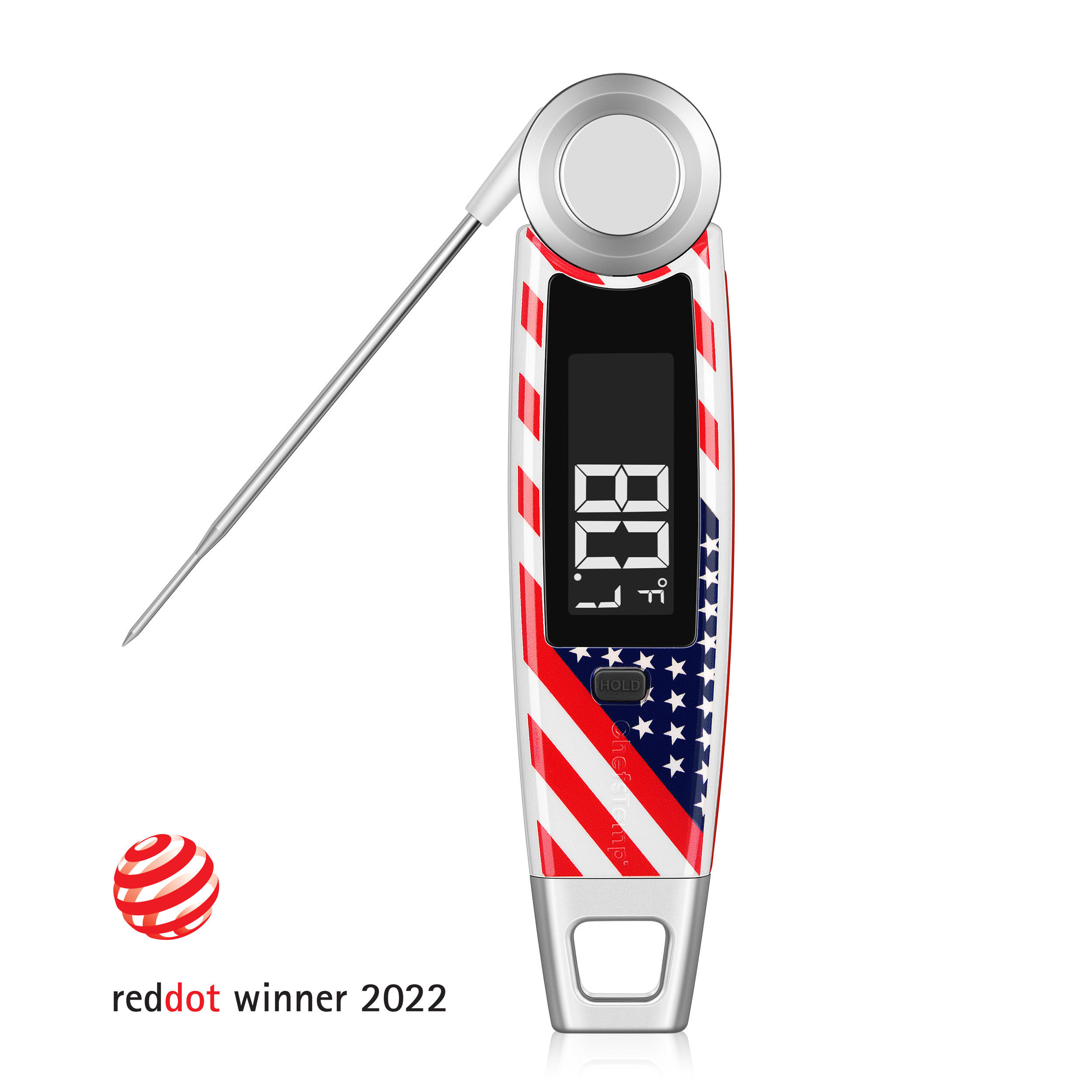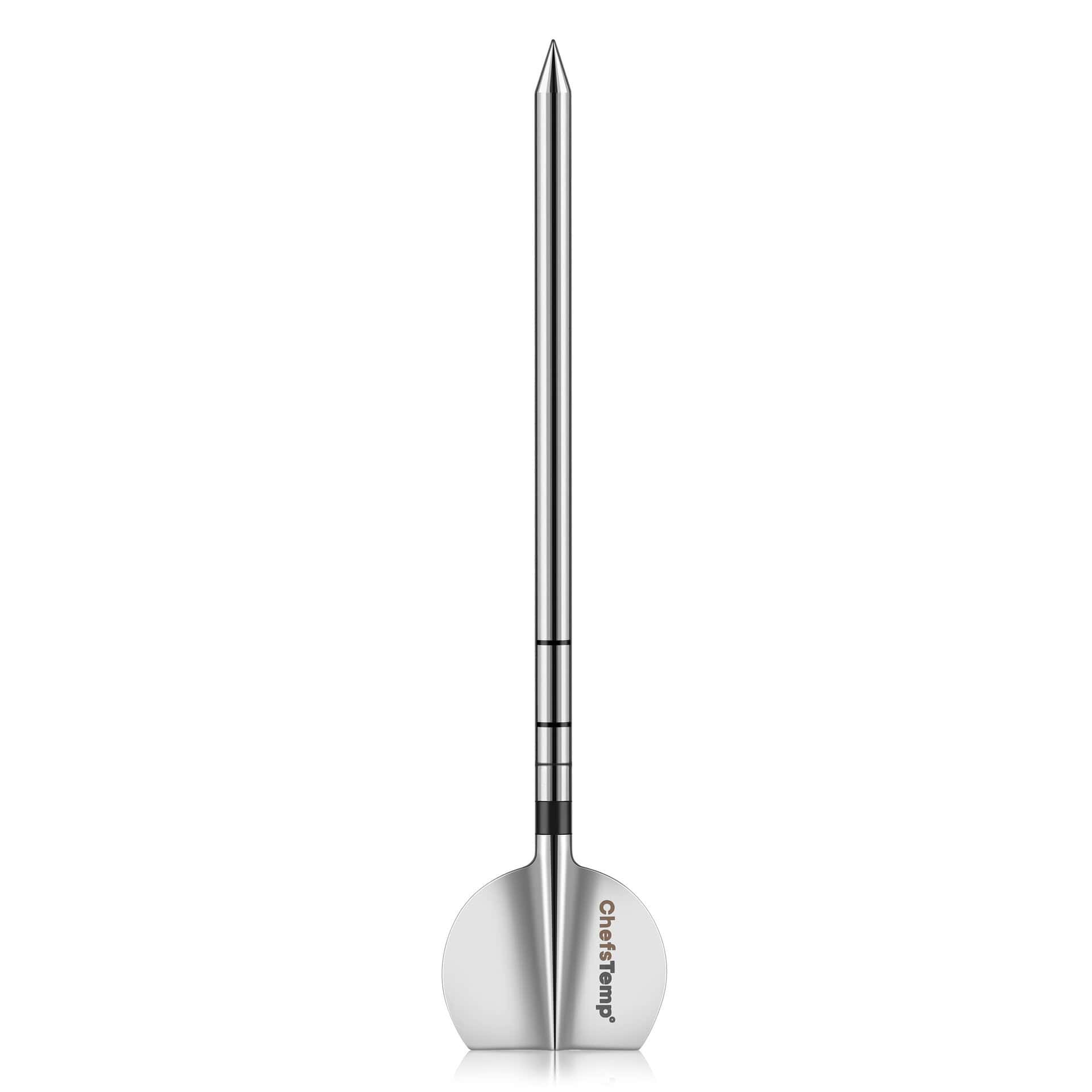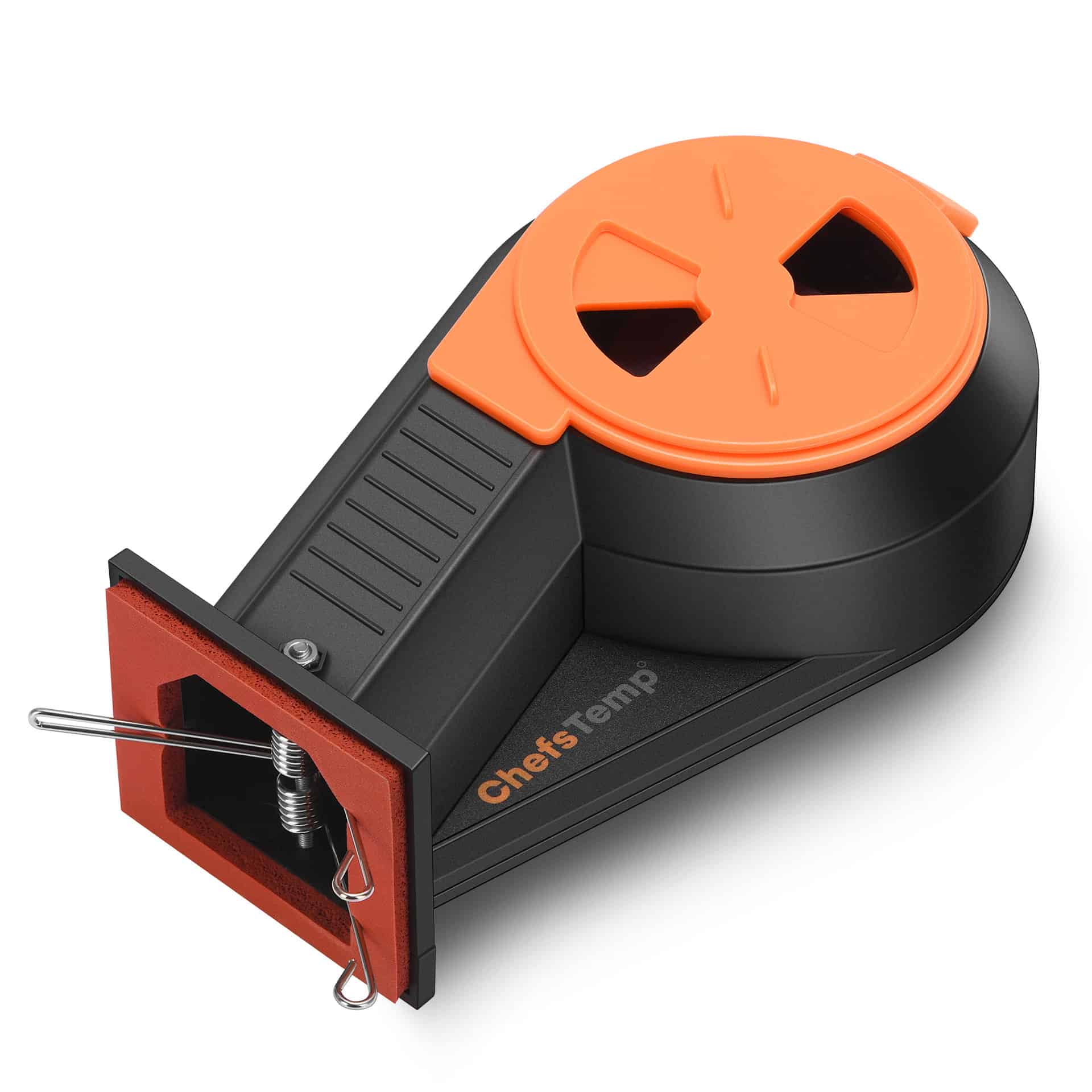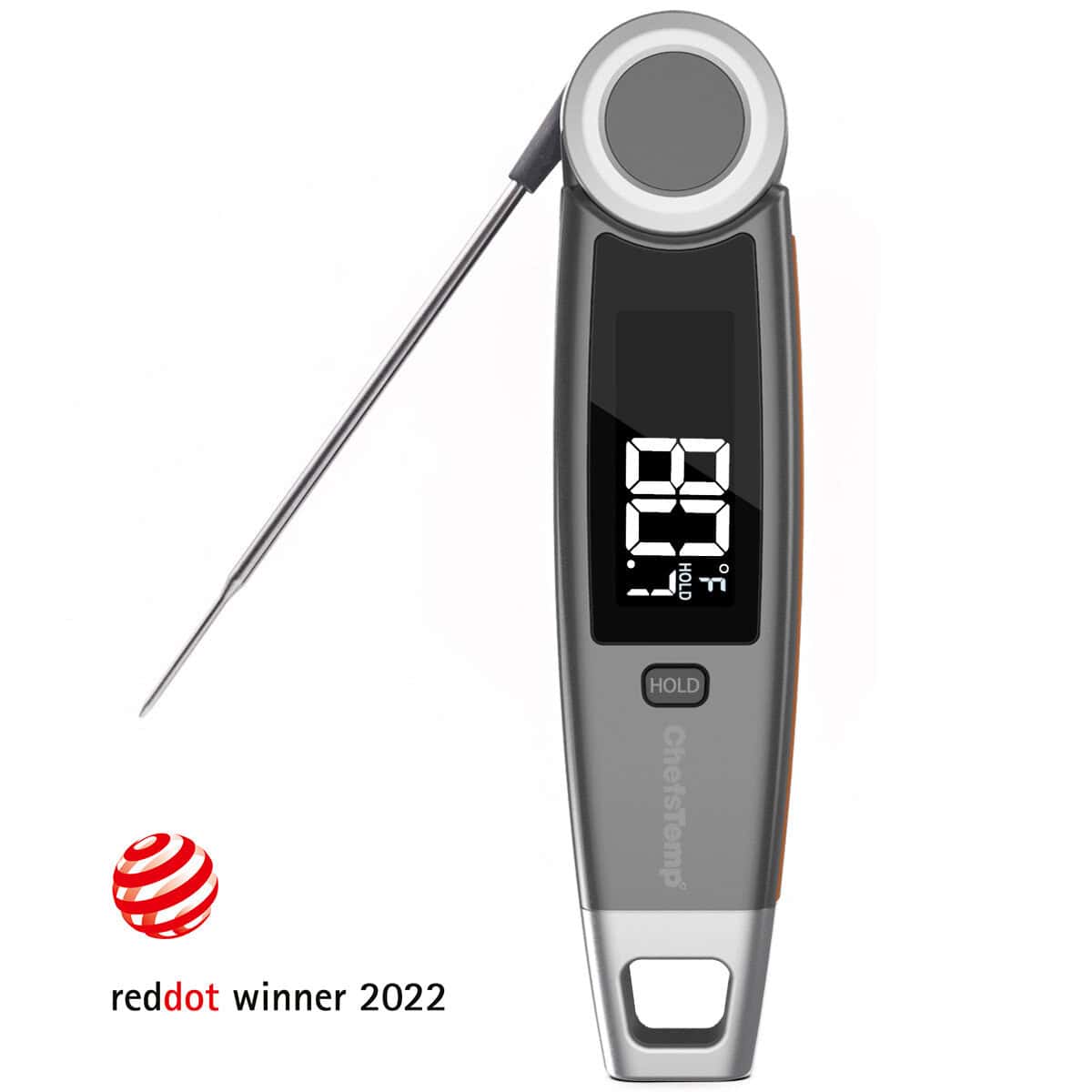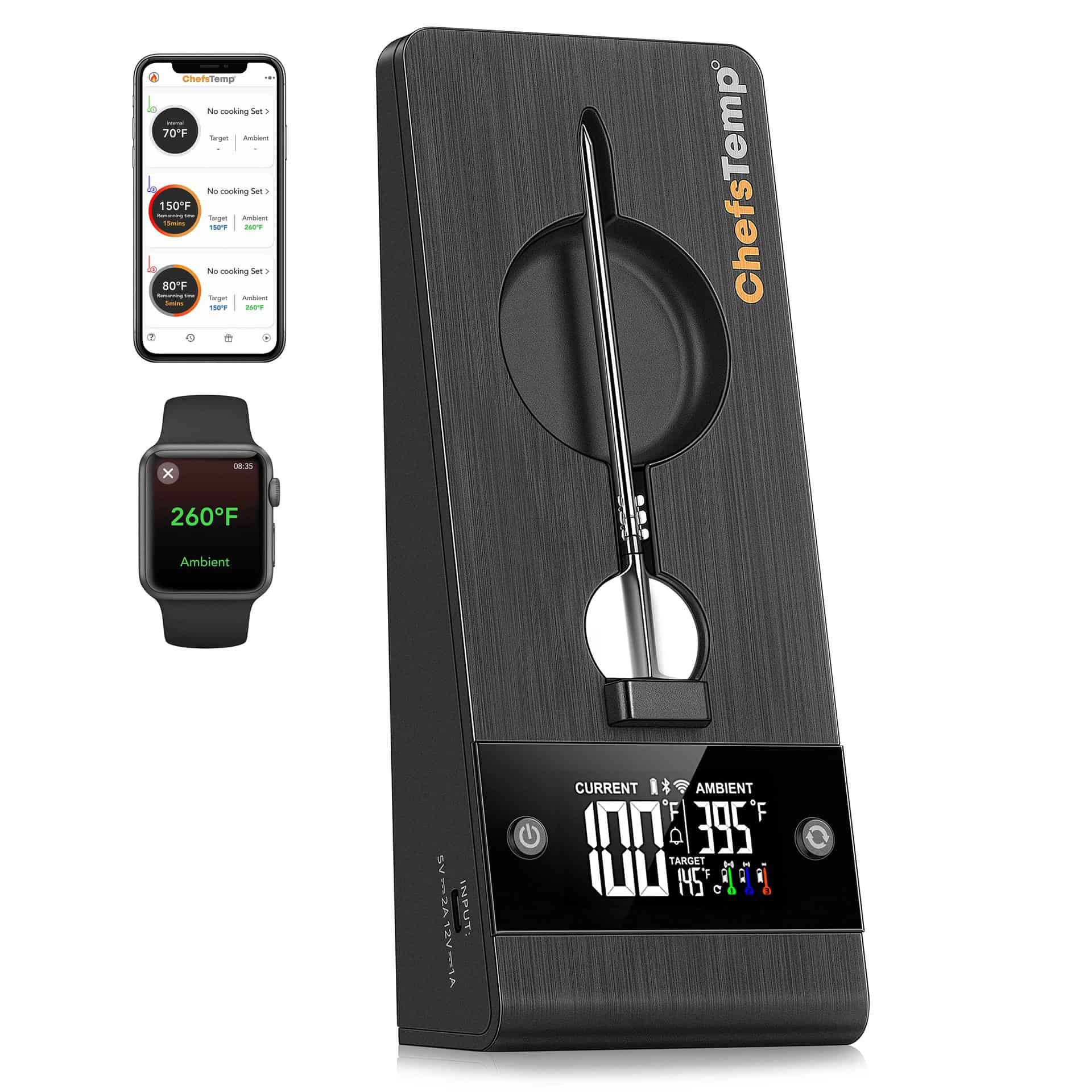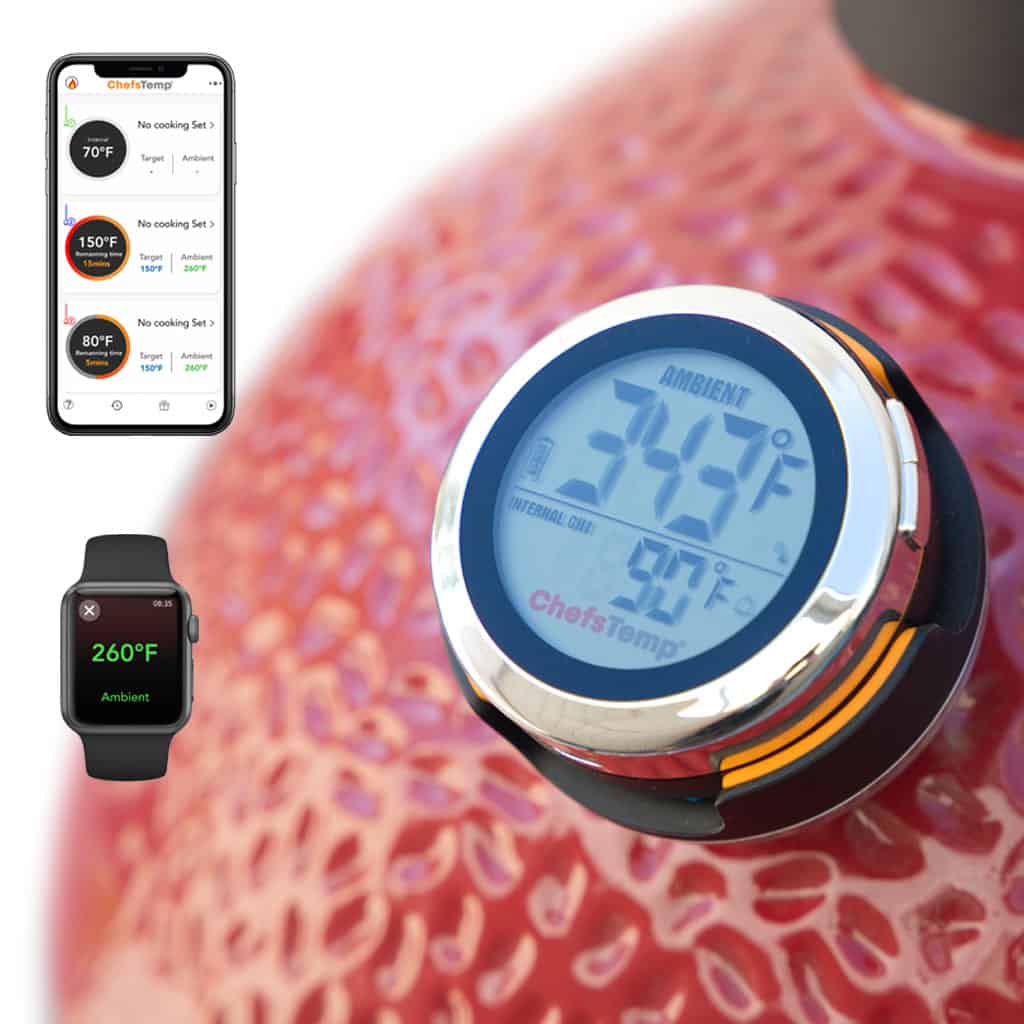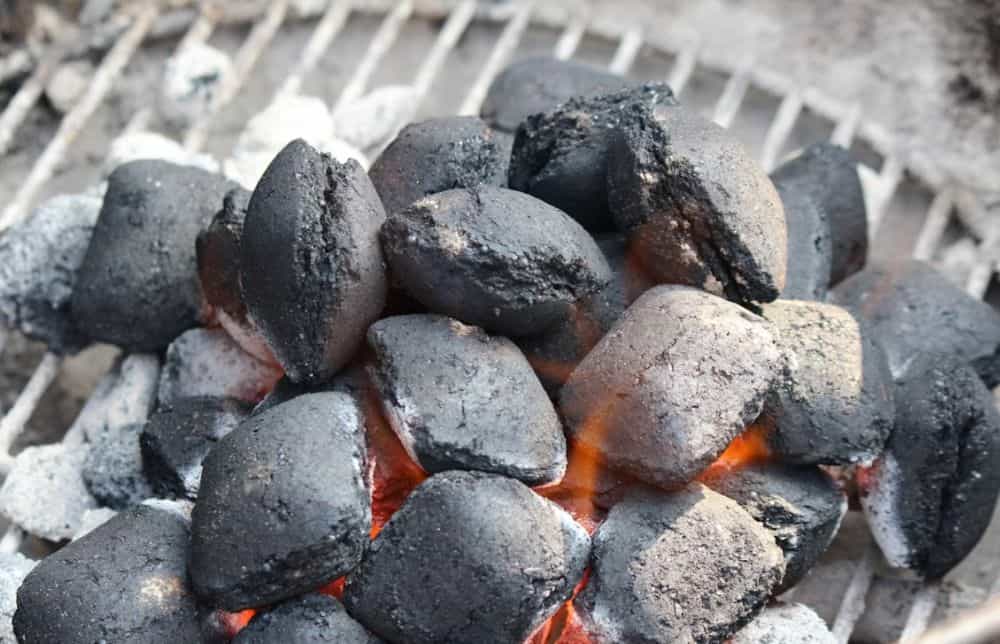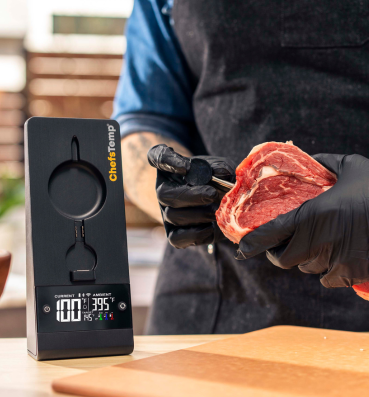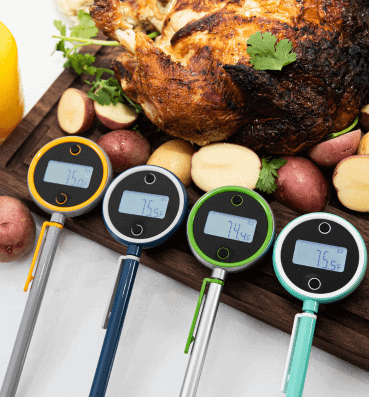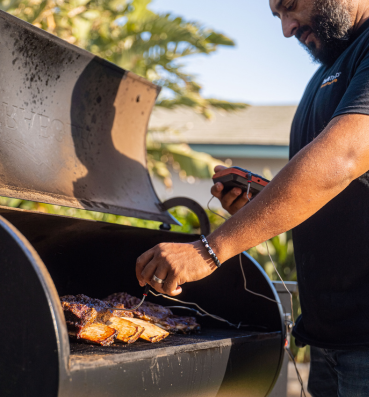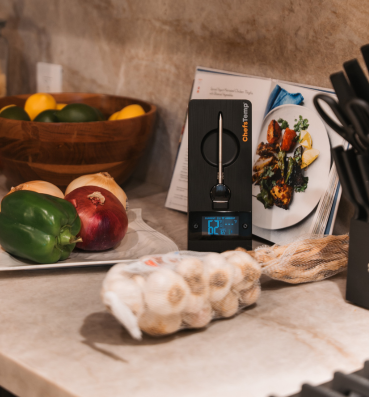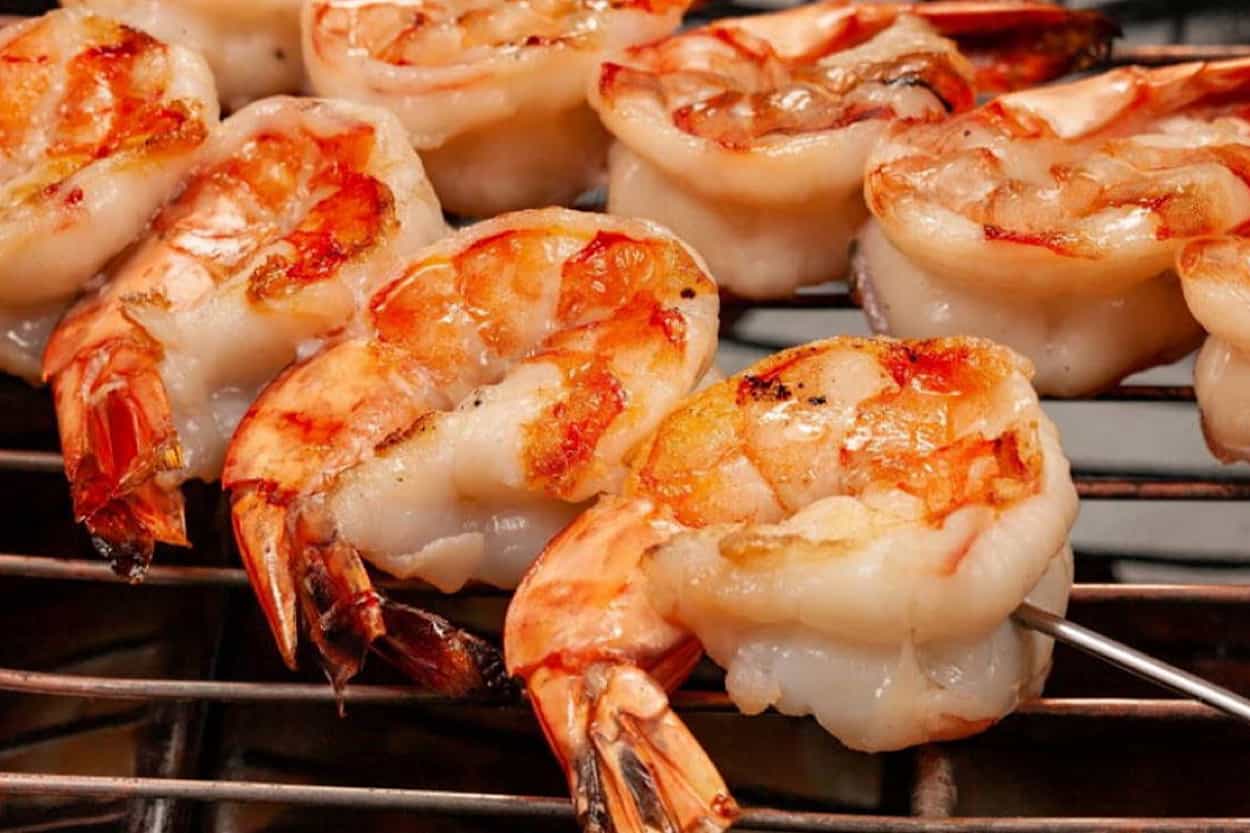
What Is the Minimum Internal Cooking Temperature for Seafood?
Cooking food is both an art and science. It is a culinary art because it involves the use of ingredients, herbs, and spices to enhance the flavor and present the food in a way that makes it appetizing. But there is also science needed to ensure that the food, especially seafood and meat, is safe to consume. If you do not achieve the ideal internal cooking temperature, it could result in foodborne illnesses because the parasites in the meat are not killed during the cooking process. What is the minimum internal cooking temperature for seafood? If you enjoy cooking fish and other types of seafood, then make sure you know the best way to cook them.
Table of Contents
What Is the Minimum Internal Cooking Temperature for Seafood?
The ideal internal temperature when cooking seafood is 145 degrees F (63 degrees C), according to the USDA. You can use this as a general guideline when taking the internal temperature of the seafood to ensure that it is cooked thoroughly and that it is safe to eat.
However, seafood is a broad term, and there are various types sold for humans to eat. It is important to understand the internal cooking requirements for each type of seafood to ensure that you can enjoy them without worrying about foodborne illnesses.
Internal Cooking Temperature Guide for Fish
Cooking fish is a challenge. It’s something that many people are wary about because it is easy to mess it up if you are not a skilled chef. The fact that the right cooking temperature and method varies based on the type of fish can add to the difficulty of the task. Once you get the right temperature, you can enjoy perfectly cooked fish (whether it’s fried, steamed, or baked).
However, the level of precision required to cook meat should not intimate you. As long as you know the ideal internal cooking temperature for fish, then you should be able to handle the task well. Unlike most types of meats, fish has a low collagen content. The muscle fibers of fish are also shorter. Plus, fish is more sensitive to heat than beef, pork, or other types of meats. If you cook it for too long, it will quickly lose its moisture. You want fish to become soft and flaky, not dry and rubbery.
The main difference between cooking fish (versus red meats) is that there are no varying levels of doneness (medium rare, medium, medium well, etc). You either cook the fish right or overcook it (or undercook it).
You can use your physical senses to determine if the fish is cooked. You can use your sight by examining the difference in the color of the fish, depending on your method of cooking. Another approach is to touch the meat. Softly poke the outside of the meat to feel how tender it is. If the fish feels firm, then it is cooked, but if it is soft, then it is still undercooked.
Using a thermometer is the best way to measure the internal temperature of the fish and make sure it is cooked. The FDA suggests cooking fish to 145 degrees F (63 degrees C), as this will be enough to kill any harmful bacteria.
Follow this chart to determine the right internal cooking temperature for fish:
| Type of Fish | Internal Cooking Temperature |
|---|---|
| Salmon | 125°F (52°C) |
| Tuna | 115°F (46°C) |
| Halibut | 130°F (54°C) |
| Sea Bass | 135°F (57°C) |
| Cod | 145°F (63°C) |
Internal Cooking Temperature Guide for Shellfish and Crustaceans
Like fish, shellfish and crustaceans are other types of seafood that can be tricky to cook. Some shellfish types take only a few minutes to cook and others can take a while. It depends on your chosen cooking method (boiling, grilling, baking) and the specific type of shellfish you are cooking.
Use this chart as a guide to determine the internal cooking temperature:
| Type of Shellfish | Internal Cooking Temperature |
|---|---|
| Lobster | 140°F (60°C) |
| Scallops | 130°F (54°C) |
| Shrimps | 120°F (49°C) |
| Crabs | 140°F (60°C) |
| Mussels | 165°F (74°C) |
When cooking shellfish, ensure you discard any that do not open during the cooking process.
Why Is It Necessary to Cook Seafood to the Correct Temperature?
There are a lot of seafood products that can be consumed raw, such as sashimi and fresh oysters. So, what is all the fuss about cooking seafood to the correct temperature?
This is a legitimate question, but it is worth noting that the handling and storage of seafood based on the intended consumption varies significantly. Sashimi is one of the best examples of the method of preparing seafood that can be eaten raw. The FDA stipulates the guidelines for handling and storing seafood that can be considered sushi-grade.
For example, it is called fresh frozen food. Once it is harvested, the fish is frozen immediately. The process of freezing kills parasites that are present in the fish or seafood. Freezing the fish immediately upon harvest preserves its freshness and nutritional value, which is why sushi and sashimi are safe.
However, cooking with seafood that did not go through the fresh freezing process might be at risk of parasites. This is why it is recommended that you meet the required internal temperature for that seafood to ensure that you kill the parasites. Aside from the safety concerns and making sure that the seafood is safe to consume, cooking it to the correct temperature is also essential to keep the meat tasty and get the right texture. Some seafood products tend to get rubbery if you overcook them, such as squid and shrimp.

How to Check the Internal Temperature of Seafood
You can use an instant-read or meat thermometer for checking the internal temperature of seafood. There is no need to buy a specialized tool for this since you can use your regular meat thermometer to check. Depending on the size of fish or seafood you are cooking, make sure to insert the probe at the centermost part of the meat to get the most accurate reading.
There are also some seafood products like shrimp or crabs that change color when they are cooked. You can use these as cues to tell you when the seafood is done. However, using a thermometer is the most accurate way to tell that the seafood is done without being overcooking it.
In addition, in order to confirm the target temperature at any time, it is recommended to stick a meat temperature chart magnet on the grill.
Discover Other ChefsTemp Products
Discover more recipes and learn kitchen tricks by joining our cooking family on Facebook.
You may also like:
